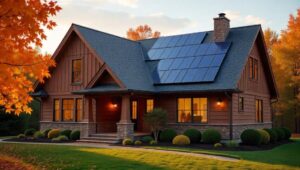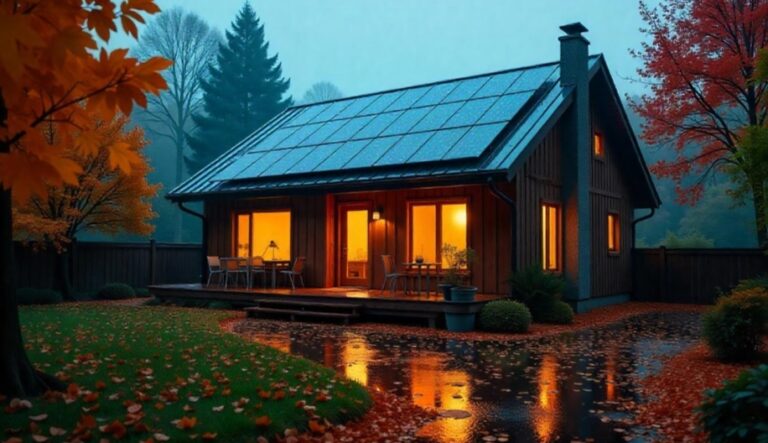As homeowners look for ways to reduce their energy bills and embrace sustainable living, solar roofs have become an increasingly popular option. But are they truly worth the investment? To determine whether a solar roof is right for you, it’s important to weigh the upfront costs against the long-term savings and benefits.
1. Environmental Benefits and Sustainability
Beyond financial savings, solar roofs contribute to a greener planet by reducing carbon footprints and decreasing reliance on fossil fuels.
- Reduces greenhouse gas emissions
- Supports renewable energy initiatives
- Lowers overall energy consumption from non-renewable sources
2. Understanding the Initial Investment
The cost of installing a solar roof varies depending on factors such as roof size, material, and energy needs. While the upfront investment may seem significant, it’s crucial to consider the long-term financial and environmental returns.
- Installation costs can range from $15,000 to $50,000, depending on system size
- Federal and state tax incentives can significantly reduce initial costs
- Increases property value, making homes more attractive to buyers
For homeowners in Oklahoma City, OKC Roofers, a recommended solar roofing company, offers professional guidance to ensure you get the most cost-effective solar roofing solutions tailored to your needs.
3. Energy Savings Over Time
One of the biggest advantages of solar roofing is its ability to reduce electricity costs. By generating your own power, you can significantly lower monthly utility bills and even earn credits through net metering programs.
- Can reduce electricity bills by 50% or more
- Provides energy independence and protection against rising utility rates
- Some homeowners achieve complete energy self-sufficiency
4. Maintenance and Durability
Solar panels are designed to last, with most systems offering warranties of 25 years or more. Maintenance requirements are minimal, making them a long-term, hassle-free investment.
- Little to no maintenance required beyond occasional cleaning
- Long lifespan, ensuring returns on investment for decades
- Withstands various weather conditions, including storms and high winds
5. Comparing Solar Roofs to Traditional Roofing Options

While traditional roofs protect homes from the elements, solar roofs offer an additional benefit of energy production. Here’s how they compare:
| Feature | Traditional Roofs | Solar Roofs |
| Initial Cost | Lower | Higher |
| Energy Savings | None | Significant |
| Lifespan | 20-30 years | 25-30 years |
| Maintenance | Moderate | Low |
| Environmental Impact | Neutral | Positive |
For homeowners considering both protection and energy efficiency, professional roofing solutions in Stroud provide expert installation services that ensure durability and long-term performance.
6. Return on Investment (ROI)
The financial benefits of solar roofing extend beyond savings on electricity bills. Many homeowners see a return on investment within 8 to 12 years, depending on their location and energy consumption.
- Increases property resale value
- Potential to sell excess energy back to the grid
- Payback period shortens with rising electricity costs
Conclusion
Investing in a solar roof is a significant decision that requires careful consideration of costs, energy savings, and sustainability benefits. While the upfront cost may be higher than traditional roofing options, the long-term savings and environmental impact make solar roofs a smart investment for many homeowners. By working with trusted roofing professionals, you can ensure a seamless installation and maximize your benefits.
Enjoyed this? Share this post with fellow fans and influencers, and be sure to check back regularly for the latest updates, insights, and news on all things simpcity!

